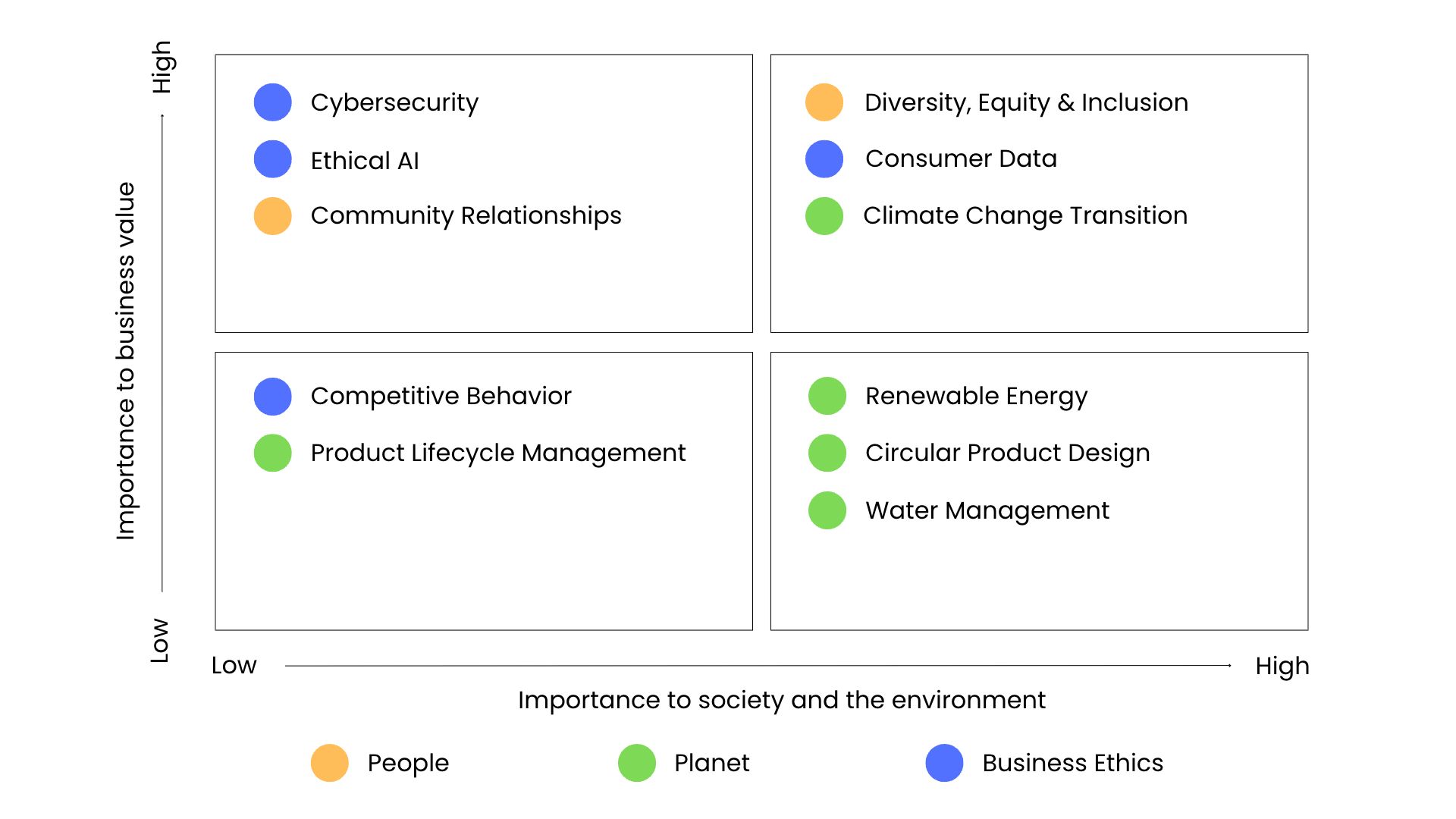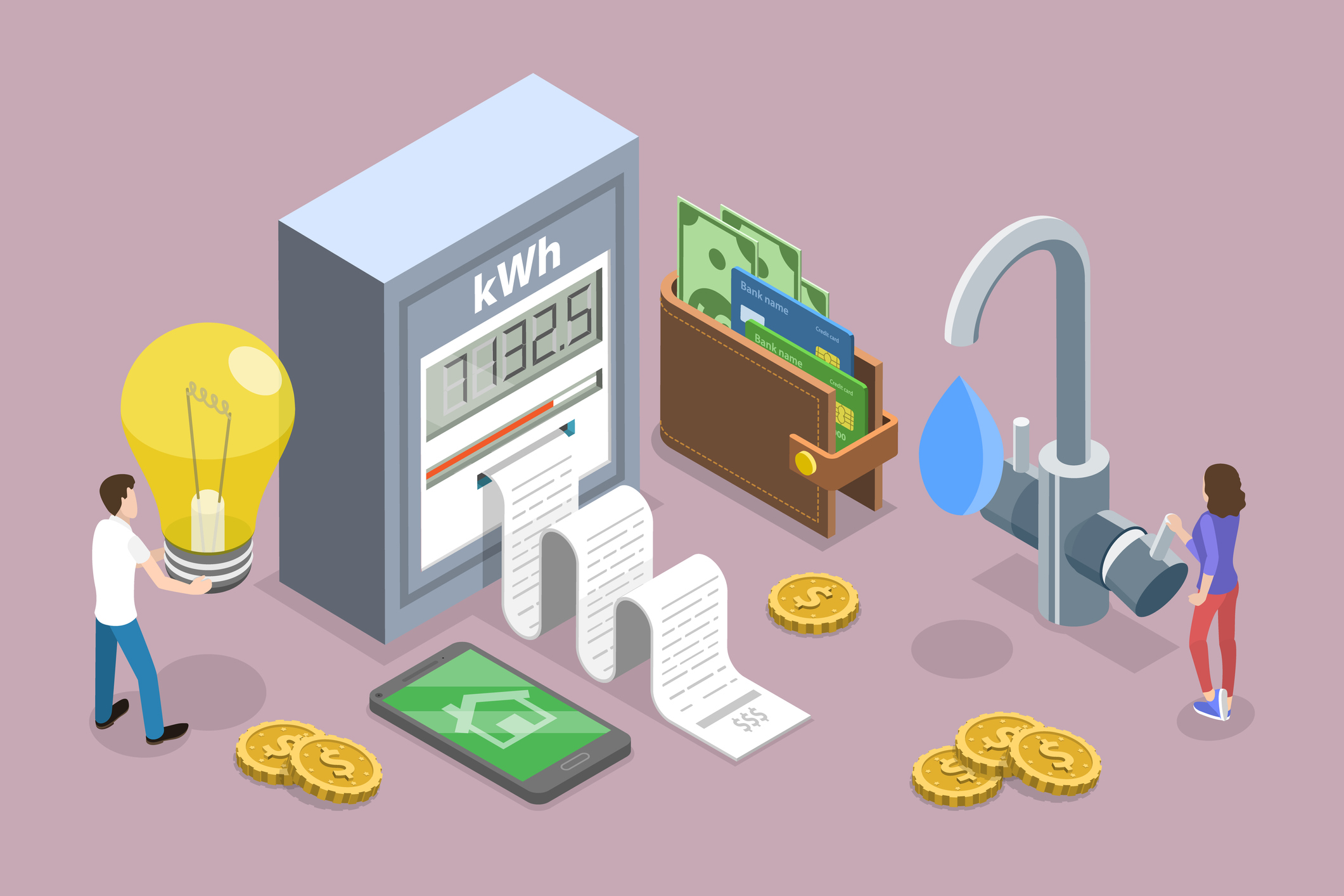Environmental, Social, Governance (ESG) is an umbrella term describing how a company incorporates environmental, social & economic issues within its strategy, processes and governance structure. While the term ESG has grown rapidly in popularity over the past few years, the practices involved in ESG execution are nothing new. In fact, your small business may be performing many ESG functions already, even if you’re not aware of it.
What is new is that investors, regulators, and other stakeholders increasingly expect companies to be able to communicate their ESG performance and strategies in a comprehensive way. This has created the need for companies to upskill their teams so that diverse coalitions can come together with a common language and goals around ESG.
Actera Consulting, a Carbon Neutral Collective member, developed this 6-step guide to help small businesses identify relevant and important ESG issues, create a strategy to improve performance, and begin to develop a compelling ESG story.
Phase 1: Understand the context
It’s helpful to begin by conducting research to learn about the environmental and social issues that are relevant to your sector and industry. Reviewing ESG standards and frameworks (like the SASB, GRI, and TCFD) and the ESG reports of your peers and competitors are great places to start. By the end of your research, you’ll have a broad list of the ESG issues that could be relevant to your company, which you’ll use in the next step of the process.
Phase 2: Engage stakeholders
During the second phase, you’ll seek feedback from your company’s stakeholders — people who are impacted by your company’s activities — on the issues that matter the most to them. Engaging diverse groups will help you understand the disparate perspectives around your company’s performance. Internal stakeholders — like employees, board members, and investors — will help you understand how ESG issues could impact business value, while external stakeholders — like community members, customers, and experts — will offer insight around your company’s impact on society and environment. At the end of this process, you’ll have a ton of data on stakeholders’ perspectives that you’ll use to make an informed decision about what your strategy should focus on, as well as optimizing your business strategy.
Phase 3: Prioritize ESG issues
Now comes the challenging task of condensing and analyzing stakeholder engagement data so you can draw conclusions and chart the path forward. First, assign a quantitative score to each ESG issue on its relative importance to each stakeholder group. Depending on how you secured stakeholder feedback, this could be a straightforward exercise (if you asked stakeholders to rank topics, for example) or might require you to assign a score based on qualitative feedback and discussions. Once you have the scores, you’ll be able to prioritize the issues according to your strategy. Many companies illustrate this process by publishing materiality matrices which plot ESG topics on a grid with contrasting ESG dimensions on the X and Y axis. The impact topics that fall above a certain threshold will be prioritized for your company’s strategy and reporting activities the following year.

Phase 4: Set Targets
While the first 3 phases are research-focused, the last 3 phases are focused on setting and sharing your ESG strategy. Begin by selecting one or more metrics to help you measure progress on each of the priority issues you’ve identified. Analyze your company’s current performance by collecting or estimating baseline data for each metric and conducting a root cause analysis to identify where performance could be improved, the levers to pull, and the teams responsible. For example, many companies are changing their business travel policies in 2023 to avoid unnecessary flights and reduce their scope 3 carbon emissions. After completing this exercise, you’ll be ready to set SMART (Specific, Measurable, Achievable, Relevant, and Time-Bound) goals for improving performance on each indicator and know the teams who will be responsible and accountable for driving progress.
Phase 5: Prepare for Execution
This phase is about building processes and operationalizing your strategy. First, embed the ESG Key Performance Indicators (KPIs) within your org chart, taking time to ensure the teams responsible have the capacity and are sufficiently bought-in. Each indicator you select should measure your progress towards achieving your ESG objective. Develop and document the systems you’ll use to gather and assure data — this is becoming very important as ESG performance becomes increasingly subject to regulatory scrutiny. Finally, you may want to consider upskilling team members so they share a common language and are able to build coalitions across diverse areas of the business.

Phase 6: Tell your ESG story
You don’t have to wait until everything is perfect to be able to share a compelling story about your company’s strategy and progress so far around ESG. Storytelling is a crucial part of the ESG journey because it creates accountability, shares challenges and best practices, and offers more opportunities for stakeholders to contribute and share feedback. This is a great opportunity to engage your customers and establish brand loyalty based on your commitment to creating shared value. In addition to publishing an ESG report, you may also want to offer custom communications for each target audience. For example, investors have a different perspective around ESG performance than employees or customers, and will require a unique set of communications that are tailored to their needs.
Conclusion:
Good ESG strategy is unique to the company’s business model and operations and integrated within all aspects of the business. Because of this, it’s crucial that your team members have a broad understanding of the relevant issues and processes. After all, they’ll be the ones collecting data and driving performance. Actera Consulting is currently offering free upskilling workshops to help teams develop the competencies they need to manage ESG strategy. Learn more here and set your team up for success this year and beyond.





